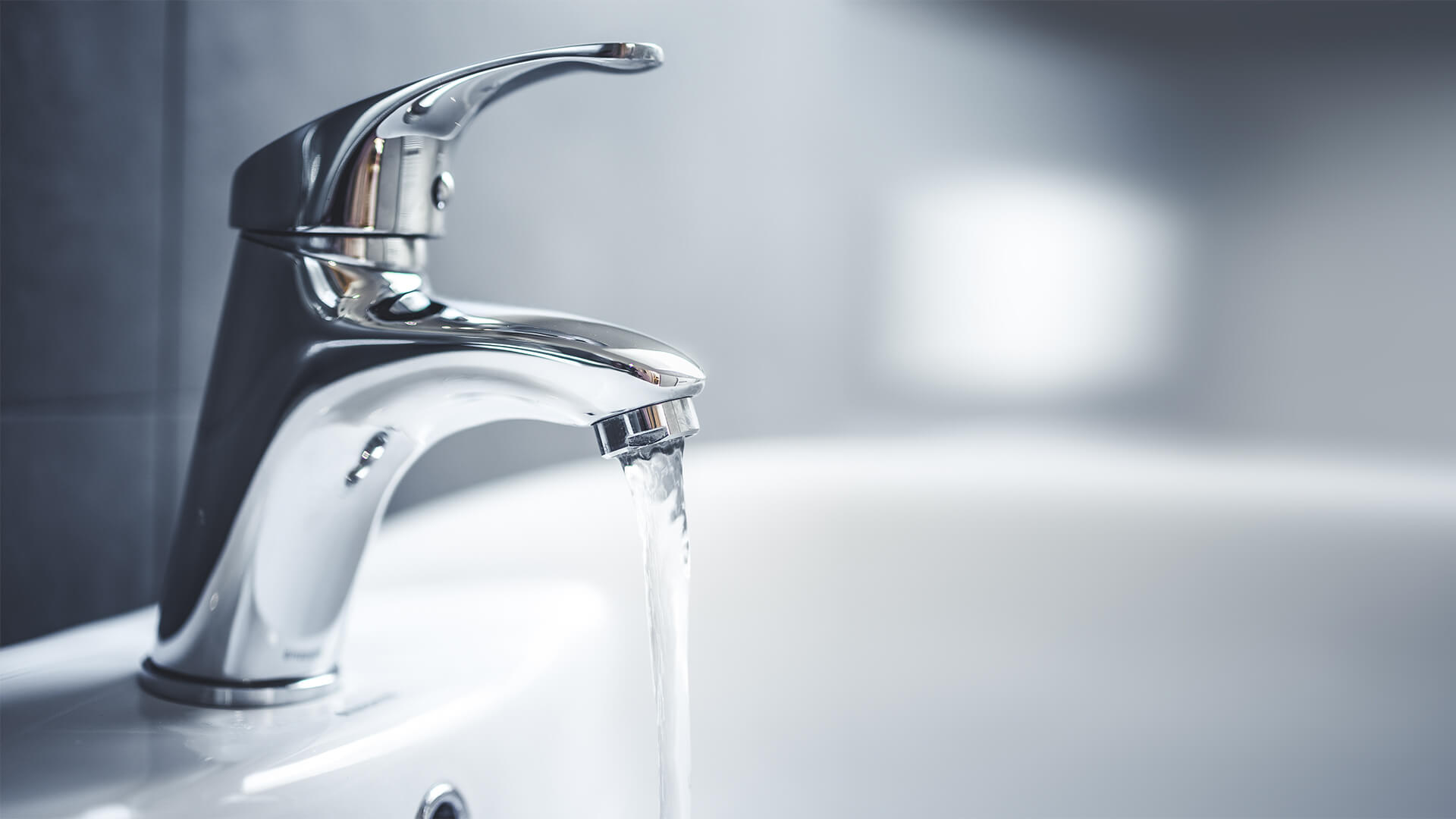If you’re not using any water treatment system, there’s a high chance that your home water is filled with different chemicals.
These chemical contaminants are responsible for some major health problems. You must take extra care to ensure that the chemicals in your water are not above permissible limits or, even better, that they are completely absent.
Most chemicals, depending on the type and concentration, leave different signs, making it possible for you to know the state of your water. However, some other chemicals leave no footprint. They might be present in water for years and go unnoticed, silently causing untold health effects…
How to Know Your Water Is Full of Chemicals
Here are four signs that let you know if your water is full of chemicals and needs urgent attention:
The Smell of Rotten Eggs if your water smells of rotten eggs, it’s definitely contaminated with hydrogen sulphide. This in one of the most obvious signs of chemical contamination in water, and does not require further testing. Water containing hydrogen sulphide should not be used in households without prior treatment mainly because of its terrible smell.
Bleach Odor When the smell of bleach in your water becomes noticeable and problematic, it’s a sign that chlorine and possibly other disinfectants + their by-products are present at very high levels, and necessary measures should be taken to avoid severe health issues.
Metallic Taste Clean water should have no taste, so if your water tastes metallic or bitter, there’s a high chance that it’s contaminated with harmful substances such as pesticides or industrial chemicals.
Chemicals That Can Be Found in Home Water and Their Effects
As a homeowner, it’s crucial that you know the state of your water at all times and be able to tell when something is wrong with the quality. Some common chemicals that can be found in your home water include:
1. Chlorine
Chlorine is widely used to disinfect water. It kills microbes that may be present, making it fit for drinking and other home uses. Most public water supply systems use chlorine as a water treatment option and because of this, chlorine is bound to be present in the water. When chlorine exists in concentrations above permissible levels, it becomes a pollutant with harsh health effects. Signs of chlorine poisoning in water include burning skin, stomach pain, vomiting and bloody stools. Chlorine levels of up to about 4 ppm, however, are considered safe.
2. Nitrates
Nitrates are chemicals that naturally occur in water at levels that cause no harm. However, they can also be found in much higher concentrations in well water. If you’re a homeowner with a private well, there’s a chance that you’ll find high levels of nitrates. This is due to agricultural run-off from farmlands. Most fertilizers used on farms contain nitrates that trickle through the soil and groundwater. Drinking water high in nitrates can cause methemoglobinemia, a potentially fatal medical condition.
3. Pesticides
Pesticides found in groundwater are another result of agricultural runoff. They’re dangerous to health and also hard to notice. As a well owner, you need to take extra measures to ensure that pesticides are not present in your water. If your home water contains nitrates, chances are it also contains pesticides, as nitrates are usually found alongside pesticides. Organophosphate pesticides are easily broken down, so despite being harmful, it’s unlikely that they remain into your home water. Carbamate pesticides, on the other hand, are not easily degraded and often be found in home water. They irritate the skin and eyes, and are carcinogenic.
4. Per and Polyfluoroalkyl Substances (PFAS)
PFAS are widely used in industries for making food packaging materials, kitchen utensils, cosmetics, and carpets. PFAS are abundant in the environment and can easily contaminate your water. They’re not easily broken down, and they stay in the environment for decades, making them very dangerous and difficult to remove from water. PFAS have been linked to kidney and liver damage.
What to Do If Your Water Is Full Of Chemicals?
The best treatment option for your water depends on the chemicals present. The signs listed above will give you an idea of the things to watch out for if you’ve got chemicals lurking in your water.
In case you suspect a specific chemical, you can send a sample of your water to a professional lab or check the latest water quality report of your water utility.
Once chemical contamination is confirmed, there are different water treatment options available for removal, such as…
Whole House Water Filters
Whole house water filters are point-of-entry systems that filter all the water in your home. You can find the best whole house water filters at budget-friendly prices. They effectively free your water from chemicals before distributing them to other outlets in your home.
Activated Carbon
Activated carbon filters are highly effective against chlorine, hydrogen sulphide, and PFAs, but they’re ineffective against fluoride and nitrates. If fluoride and nitrates are confirmed in your water, you’ll need a different filtration solution.
Reverse Osmosis
This is the most common treatment option for nitrates, pesticides, hydrogen sulfide, and even PFAs. Reverse osmosis works by passing water under pressure through a selectively permeable membrane. The membrane allows water molecules to pass through but prevents most chemicals from making it to the other side.
Do Not Ignore Bad Taste and Smell
Your water quality should be very important to you. If your water has an off-taste or smell, don’t ignore it. Take a sample of your water for a test and find out what’s wrong. As soon as you know the type or types of chemicals present in your water supply, take protective measures. A whole house water filtration system is usually the best way to go. It will provide your entire house with clean water. If you only need purified water in your kitchen or bathroom, a single-point water filter does the job, too.





























